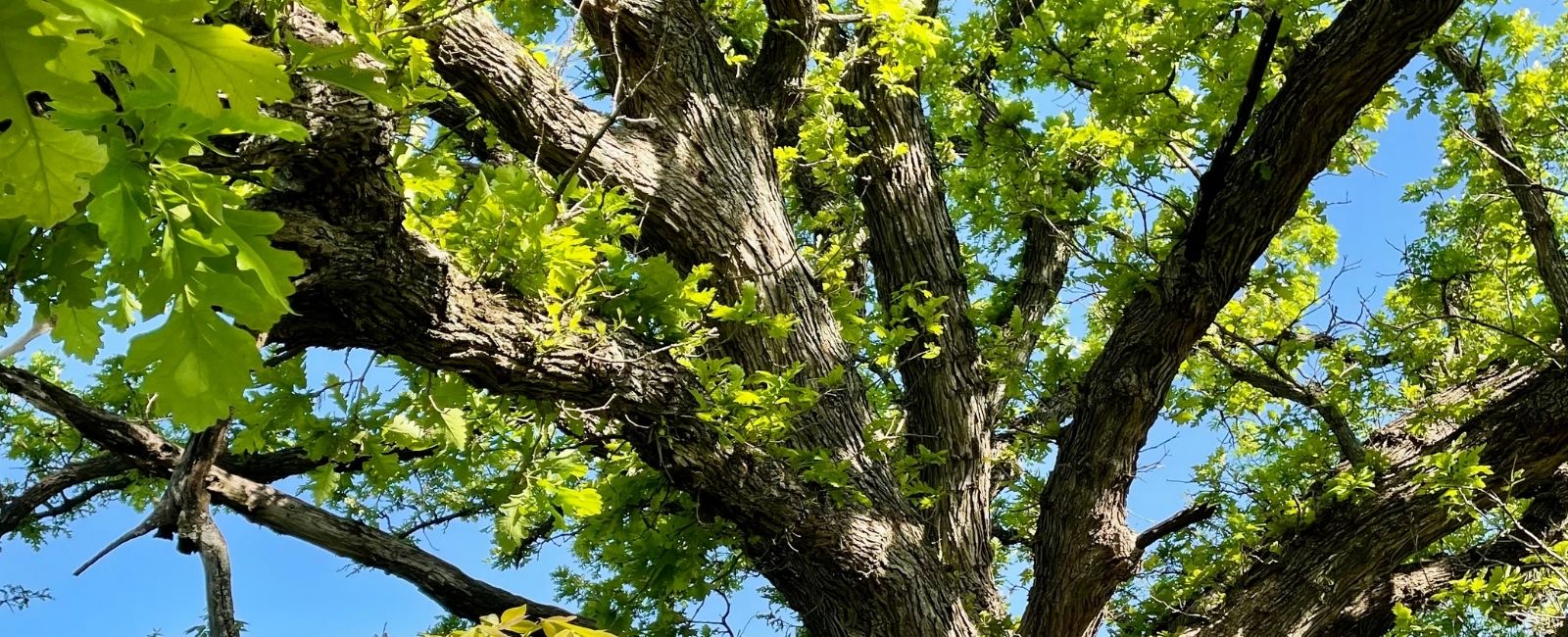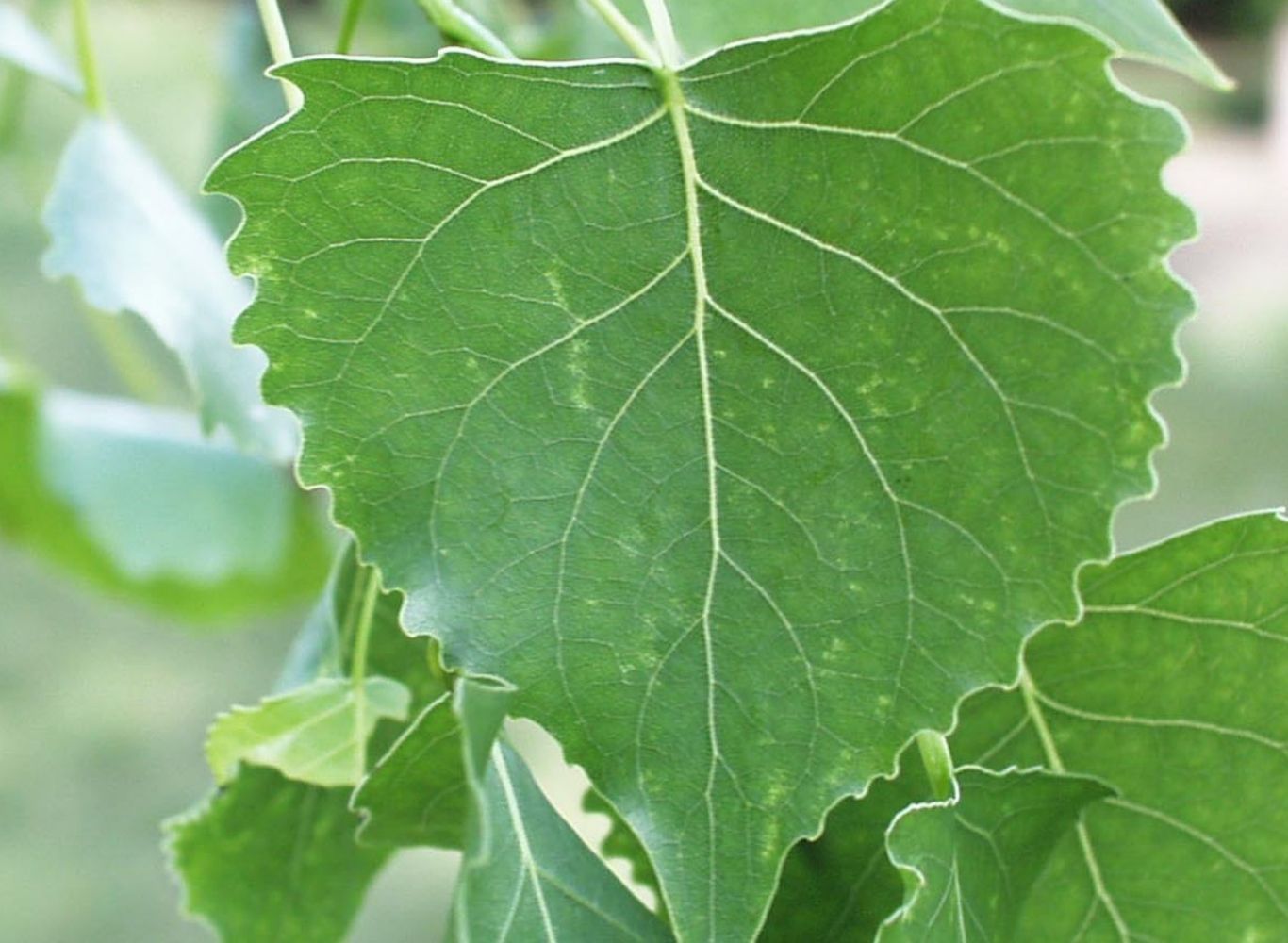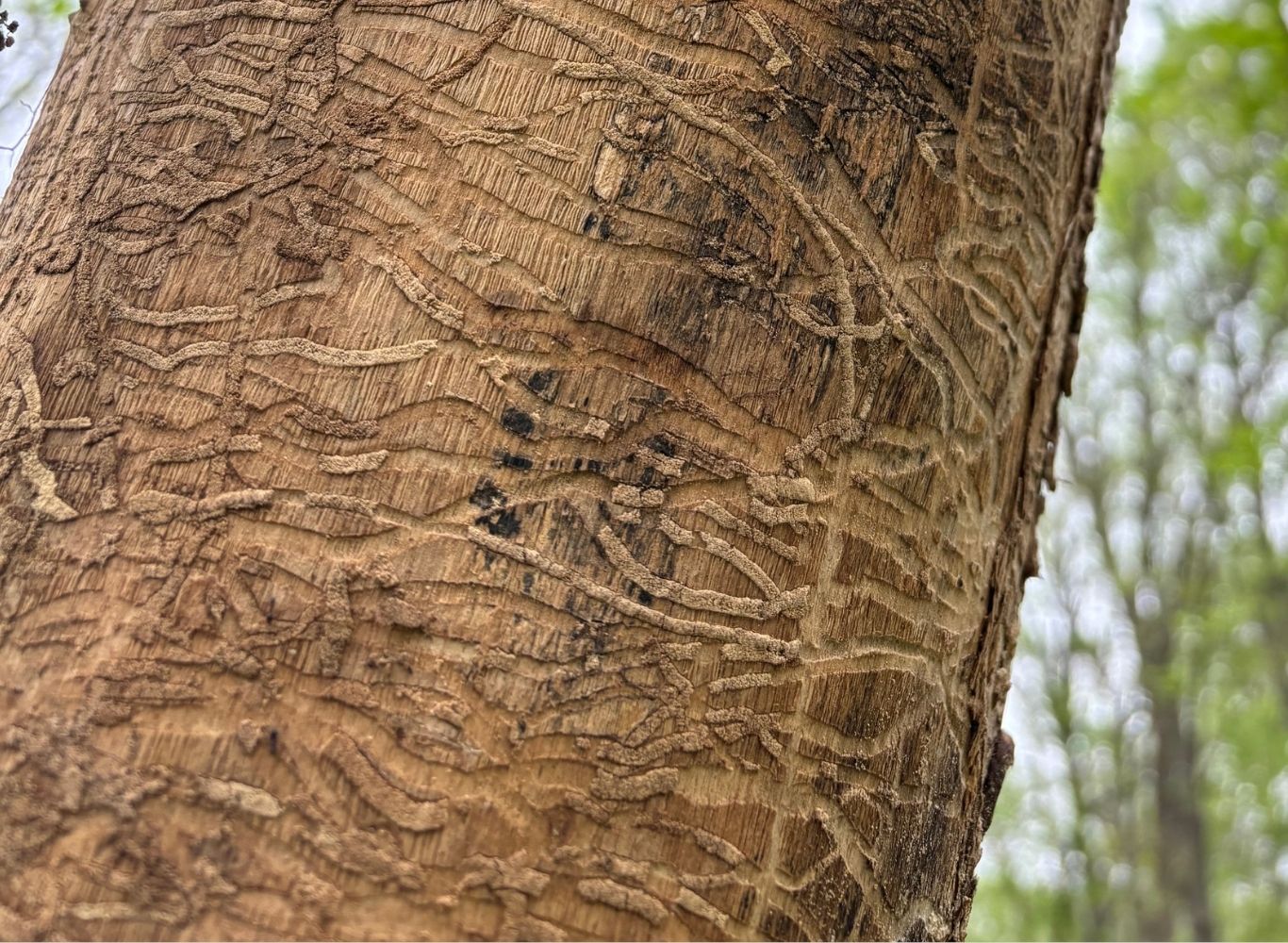Each year, an estimated 1 million acres of forestland are lost to development nationally. Since 1992, urban areas in Kansas have expanded by 170,000 acres, permanently converting significant areas of forestland to other uses. Conversion and fragmentation of forestland to development will continue with an estimated increase in our national population by 120 million in the next 50 years.
The Kansas City metro area alone is projected to increase by 350,000 people in the next 20 years, converting an estimated 400,000 acres of land to urban use. Of those 400,000 acres, 22% is described as having "good to high ecological value." Of the ecologically good to high-rated land, 18% is forests and woodlands.
Riparian forests are generally located in areas where the most valuable agricultural crops are grown and often where prime urban development opportunities exist. Although no good trend data exists, experience and observation suggest that significant areas of riparian forest are converted to cropland and urban development each year, adversely impacting water quality, aquatic and terrestrial species, and other benefits riparian forests provide.
There is currently a need for effective programs in Kansas that provide long-term protection of riparian forests. The Forest Legacy Program, other easement programs, increased use of stream setback ordinances, and emerging carbon markets could address these needs.



